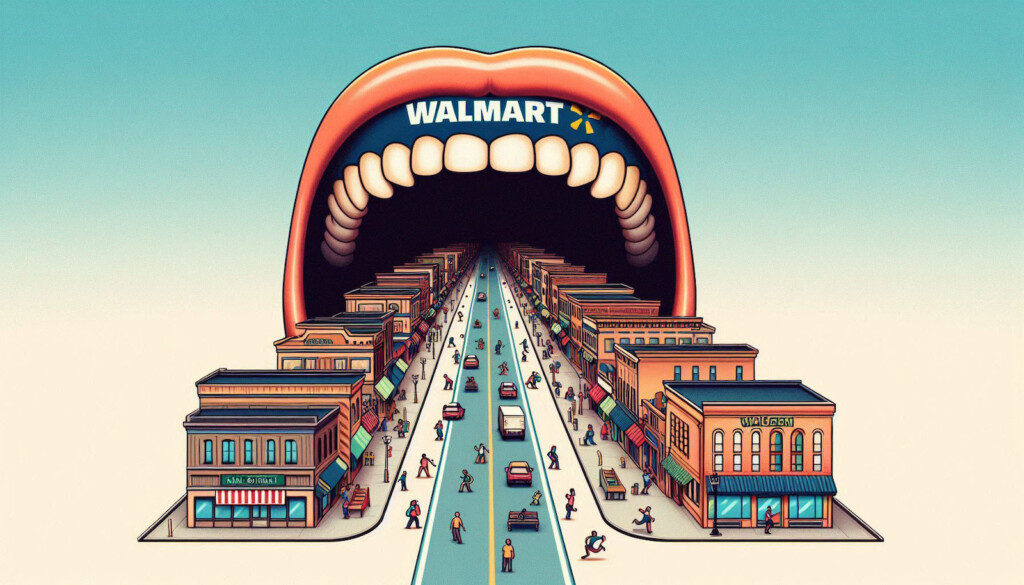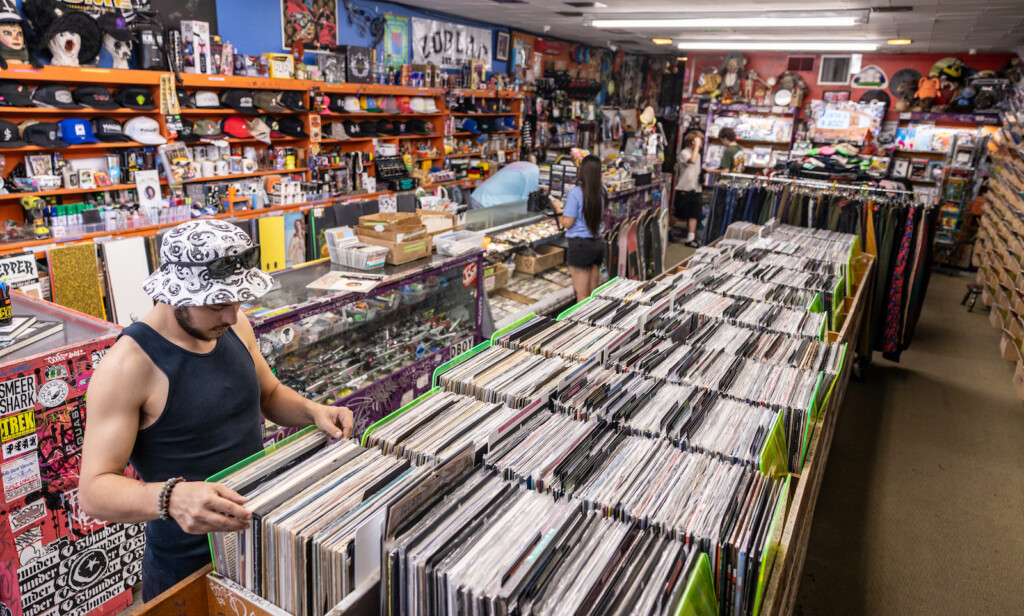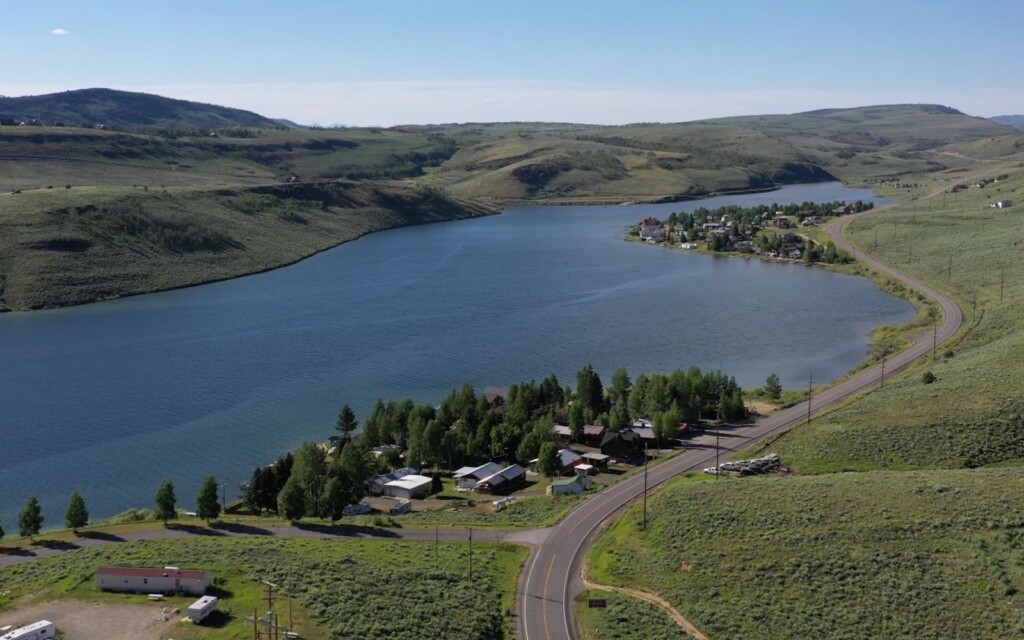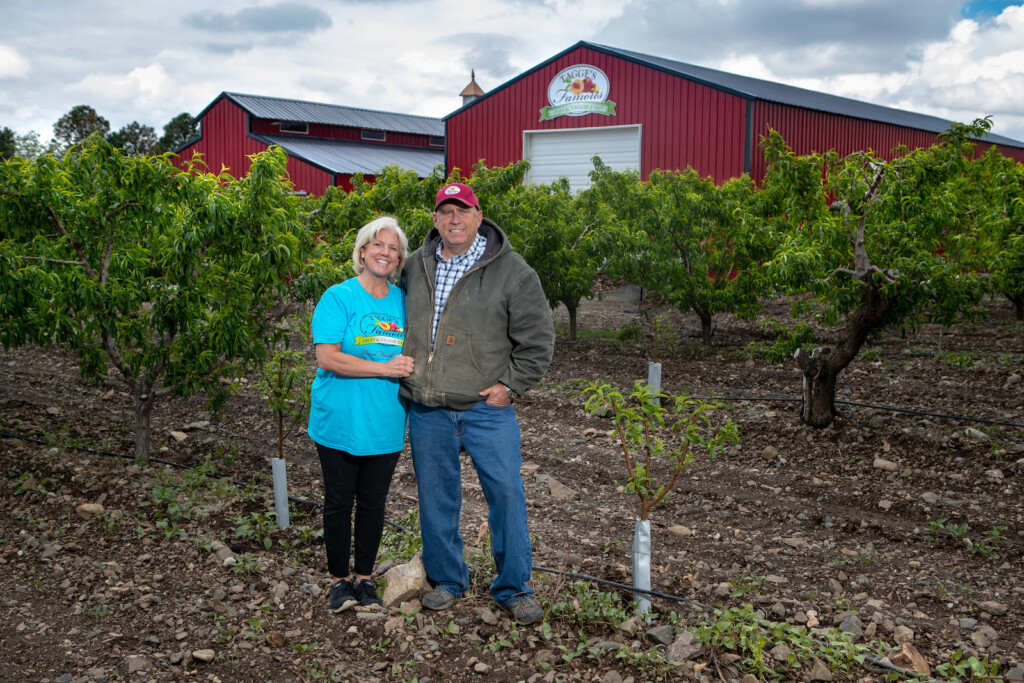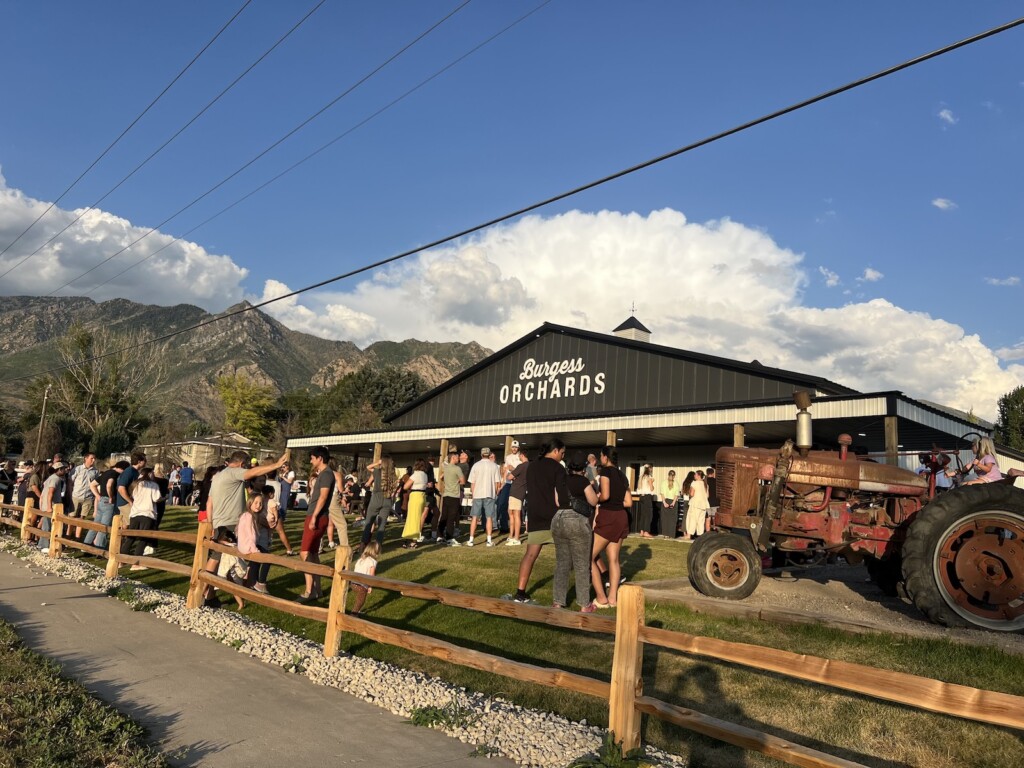How it All Began
I had just graduated from high school and wanted a job where I could travel and escape my small social bubble. My particular bubble consisted of cats I cuddled with, friends I got into trouble with, mom and dad who nagged me, and brothers whom I fought with. In the classified ads of the local paper (that’s where you looked for a job in 1995) I found a job as a traveling salesman.
“Sales is in my blood,” I told Cliff Kinzer of America’s Pride. My entire family was involved in sales in some manner: cars, real estate, or steel. I was the youngest salesperson they had ever hired. The deal was that I would lease a pickup truck for $25 per day, equipped with a freezer plugged into a generator. Inside the freezer were boxes of steak and chicken I was to sell.
I traveled to mostly small towns throughout Utah, Wyoming, and a bit into Idaho to sell my meat, and when I ran out, I came home. I grew to love small-town people and the rural, more laid-back lifestyle.
But as I visited a few dozen towns of various sizes throughout my sales territory, I noticed something peculiar. Main Streets all over were shuttering. Businesses were closing down, and old historic buildings were being vacated. I was especially struck one day in Rawlins, Wyoming.
Losing Local
“Why are so many businesses closing?” I asked one man who was closing his hardware store.
He gave me a one-word answer: “Walmart.” Then he continued, “We can’t beat their prices. They even pay better than I can. We decided to take an early retirement rather than try to compete.”
“How long have you been in business?” I asked.
“Seventy-five years,” he told me. “I’m second generation, but my kids don’t want to work here. My daughter’s going to get a good job at Walmart.”
Witnessing how every town had a bright and shiny new Walmart store, it was no wonder that the already dark and dreary Main Streets were turning out their lights for good.
I witnessed similar scenes in other small towns such as Lander, Afton, Big Piney, and Evanston. I was a wholesale distributor for Tyson Foods. The giant factory farms of Tyson could easily undercut the price of the local ranchers. Our steaks were just $2.50 per cut, even for T-bones and ribeyes. No one could touch us when it came to prices. Not even the corner butcher shop, supplied by local ranchers, could come close. I made $15,000 in three months that summer.
Over the years, after I entered the corporate world, I thought a lot about those sad Main Streets. Were we losing an important part of American culture in those old and dreary buildings and businesses?
Fast forward to 2006. Right after I married my wife, we lived in Quail Brook apartments with a fairly nice view of the mountains. Then, one day, we noticed bricks rising up and blocking our view. Ironically, it was a giant Walmart Supercenter. It would block our view corridor but offer us the lowest prices in town.
I thought back to my days watching small-town Main Streets shuttering. I imagined a world full of nothing but Walmarts, Costcos, McDonald’s, and Burger Kings — where was America heading? What is our society becoming? Are we going to become a corporate-focused, corporate-centric plutocracy where there will no longer be any space for local businesses, local economic vitality, or opportunity?
Telling the Story
This isn’t the world I want to live in, I thought. Somebody needs to tell this story. Somebody needs to provide a voice for the voiceless and the locals. That’s when Utah Stories was born. I didn’t know exactly what stories I wanted to tell, but the Main Street Ma and Pa businesses were high on my list.
In our first year I made a video and told the story of Cook’s Farm, which (before the farmers markets) could only sell their produce to Walmart and other local markets where it was next to impossible for them to make any profit margin. As farmers markets were beginning to catch on with the public, I decided I would visit the downtown market every Saturday, collecting the stories of the small entrepreneurs who were staking their claim in the local marketplace.
Rico’s, where “beans are our beansness” was my second story; a bellmaker from Deweyville; a toymaker who made wooden Harley Davidson rocking choppers; a guy who turned junk into art. I covered stories about the Sugar House small business owners who were asked to vacate because the developer Craig Mecham wanted to trade the peanuts they paid in rent for big corporate retailers who could pay a lot more. Who could blame him? Still, we were trading local economic vitality for corporatism. What did this mean?
Why are these stories important, and why did they and why do they still resonate with readers? In 2009, despite being in the midst of the “worst recession since the Great Depression,” I suppose readers wanted to read about people in their communities, just like them, who had escaped their cubicle cells to do cool things, to make ends meet by making their dreams come true.
Readers enjoyed the success stories of small local businesses such as Blue Plate Diner, Ruth’s Diner, Pib’s Exchange. It felt good to bring these stories to the forefront. After fifteen years, we are grateful for our readers, our advertisers, and our contributors — the excellent writers, editors, photographers, and distributors who make Utah Stories possible. And even to our critics who complained about my spelling and provided encouragement.
This month, to commemorate our 15-year anniversary, I decided to make a trip to where the sentiment that started Utah Stories began. To the state of Wyoming. To the small-town Main Streets I witnessed 30 years ago that were shuttered and struggling. How are they looking today? Let’s find out.
Feature image by Golda Hukic-Markosian with the help of AI.

